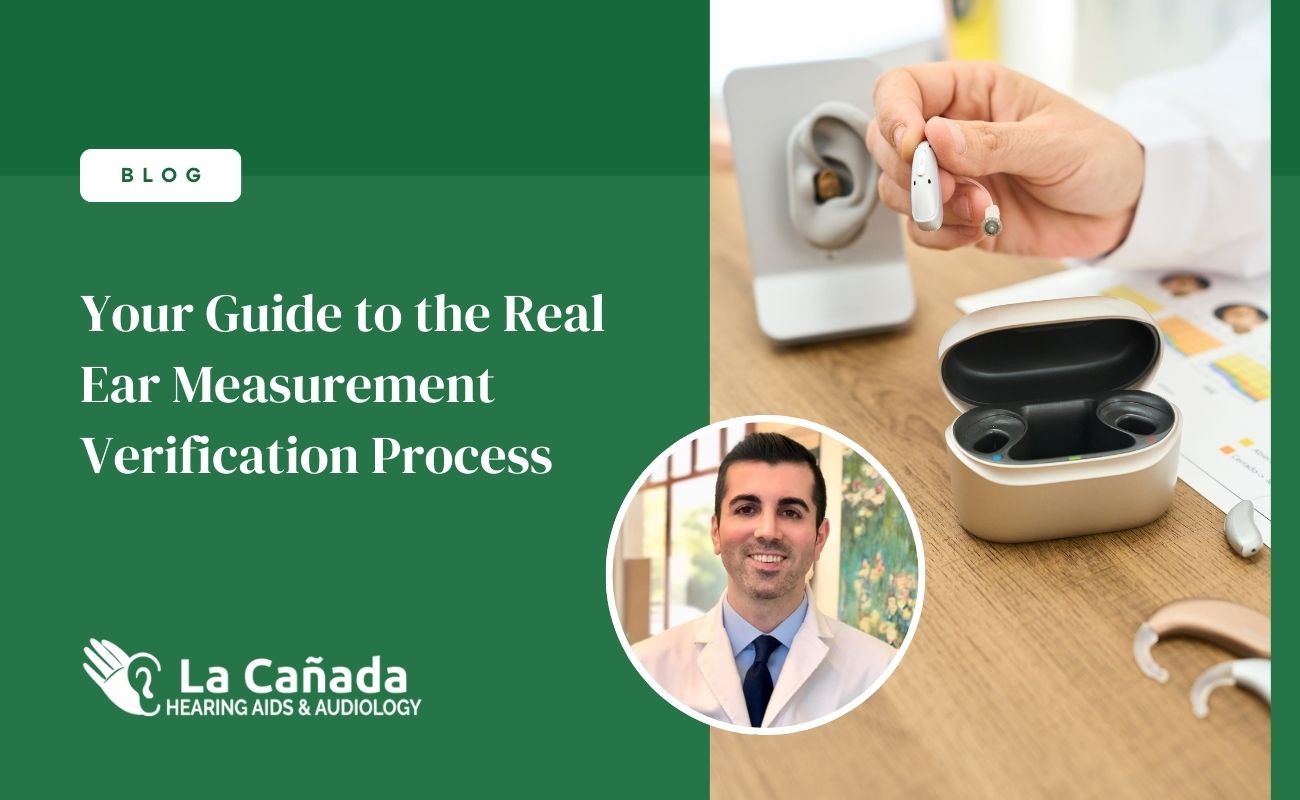Hearing aids have come a long way since the bulky technology of old. As technology advances, the options available for individuals with hearing loss have multiplied, presenting various styles to cater to different needs and preferences. We’re going to guide you through the most common hearing aid styles, compare their features, and provide you with the necessary information to make an informed decision when selecting the perfect hearing aid for you.
Behind-the-Ear (BTE)
One of the widely used hearing aid styles is the behind-the-ear (BTE) device. BTE hearing aids are suitable for individuals with mild to profound hearing loss, as they are larger and more powerful compared to other styles. They have a body that fits behind the ear, connected to a custom ear mold or thin tubing, which channels sound into the ear canal. However, keep in mind that manual dexterity is required for proper insertion and placement.
Key features:
- Suitable for a wide range of hearing loss
- Easy-to-use volume buttons
- Bluetooth streaming options
- Comes with rechargeable or disposable battery options
Receiver-in-the-canal (RIC)
RIC hearing aids look quite similar to BTE devices, with a body sitting behind the ear and a piece going into the ear canal. However, the speaker, or receiver, is located directly in the ear canal, leading to more natural sound quality. RIC devices are the most popular style of hearing aids available. And it is easy to see why - they offer a discreet appearance and compatibility with the latest technology.
Key features:
- Suitable for mild to severe hearing loss
- Easy-to-use volume and mode control buttons
- Bluetooth streaming for iPhone and Android devices
- Comes with rechargeable battery options and self-fit over-the-counter styles
In-the-Ear (ITE)
The in-the-ear (ITE) style includes custom-molded devices that fit within the outer ear, either as a full-shell or half-shell. ITE hearing aids are recommended for individuals with dexterity issues or difficulty handling smaller types of hearing aids and they are suitable for moderate to severe hearing loss. The latest ITE devices incorporate advanced technology such as Bluetooth streaming and rechargeable battery options.
Key features:
- Custom-molded for comfort and ease of use
- Bluetooth streaming for most smartphone devices
- Optional telecoil and remote programming
- Suitable for mild to moderate hearing loss
In-the-Canal (ITC) and Completely-in-the-Canal (CIC)
ITC and CIC hearing aids are less visible, as they are designed to fit more deeply inside your ear canal. Due to their small size, they use smaller batteries and may be more challenging to handle. ITC devices are suitable for mild to moderate hearing loss, while CIC devices cater to individuals looking for a discreet solution. However, CIC hearing aids are less likely to offer features like Bluetooth connectivity and rechargeable battery options, as they prioritize compactness over the latest features.
Key features (ITC):
- Discreet appearance
- Volume control and mode change buttons
- Bluetooth streaming for select brands
- Suitable for mild to moderate hearing loss
Key features (CIC):
- Very discreet, fitting deep within the ear canal
- Suitable for mild to moderate hearing loss
- Limited features due to small size
Invisible-in-the-Canal (IIC)
IIC hearing aids provide the ultimate discreet solution, as they are designed to be entirely invisible when worn. These devices fit deeper into the ear canal, making them ideal for individuals who prefer to keep their hearing loss out of the conversation. However, IIC hearing aids may not be suitable for individuals with severe hearing loss or dexterity issues, as they rarely offer push buttons, Bluetooth streaming, or remote adjustments.
Key features:
- Truly invisible when worn
- Suitable for mild to moderate hearing loss
- Limited features due to tiny size
Choosing the appropriate hearing aid style depends on various factors such as the severity of your hearing loss, your lifestyle preferences, and the features you prioritize. By understanding the different styles and their features, you can make an informed decision that gives you a better hearing aid experience.
Remember, it is essential to consult with a healthcare professional or audiologist to find the perfect hearing aid for you, as they can guide you through the process and recommend devices tailored to your hearing condition and situation.
If you’re looking for help finding the right style for you, we’re here to help! Contact us today to set up a consultation.


.webp)


.jpg)


